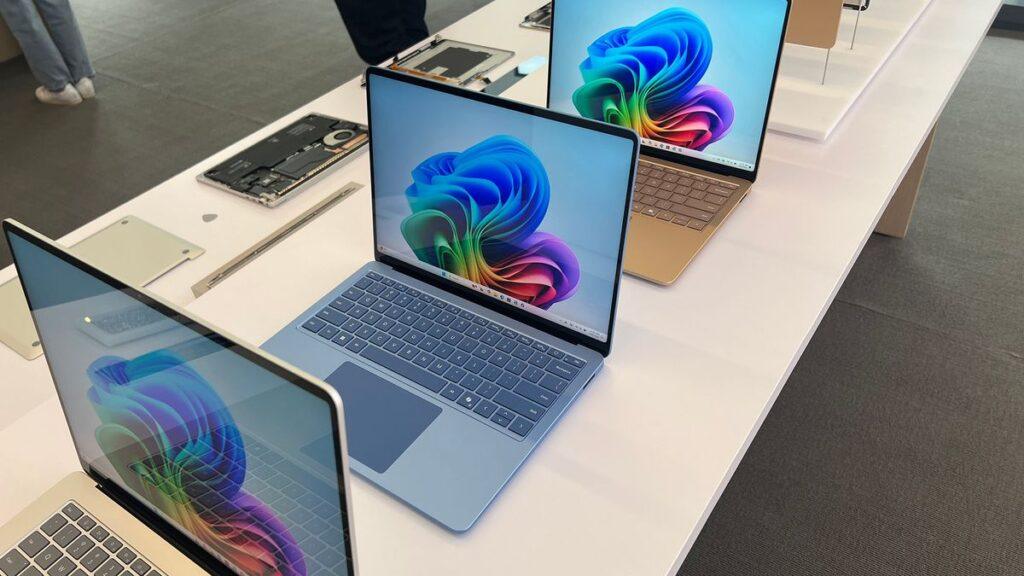- Microsoft 365 will not be supported on Windows 10 on the same day the operating system ends support – October 14, 2025
- Users warned to upgrade to new Windows 10 devices for the best experience
- Some apps will still work on many of the most popular browsers
In the latest step in its year-long battle to get customers to upgrade to Windows 11, Microsoft has confirmed that it will no longer support Microsoft 365 apps on Windows 10 from October 14, 2025.
“To use Microsoft 365 applications on your device, you must upgrade to Windows 11,” the company confirmed in a blog post.
The announcement mirrors similar moves made with Microsoft 365’s support on Windows 7, Windows 8, and Windows 8.1, but it doesn’t mean apps will stop working entirely.
Windows 10 will soon lose Microsoft 365 support
As was the case with previous operating systems, apps will continue to work and users will still be able to access their favorite productivity apps like Word, Excel and PowerPoint, it’s just that they will no longer receive important updates.
In a separate help article, the company wrote: “When you move to a supported Windows operating system, all Microsoft 365 features and security updates will resume as normal.”
Users who aren’t ready to update their OS, which might involve buying a whole new PC, can still access fully functional versions of apps through Edge, Chrome, Safari and Firefox (although the latter doesn’t fully support Teams meetings ).
In an attempt to soften the blow, Microsoft said that PCs have “changed significantly” since previous OS launches, and are “faster, more powerful and slimmer.” Microsoft sells its own Surface-branded laptops, including a handful of its own Copilot+ PCs optimized for Windows 11’s AI tools.
In December 2024, Windows 11 accounted for 34% of all Windows devices, down from 36% in October. Windows 10 is back up to 63% from 61% in the same two-month period (via Statcounter).
Principal analyst Ishan Dutt, who works for market intelligence research firm Canalys, recently predicted: “The PC market is poised to accelerate growth, primarily driven by commercial demand as businesses prepare for the end of Windows 10.”



